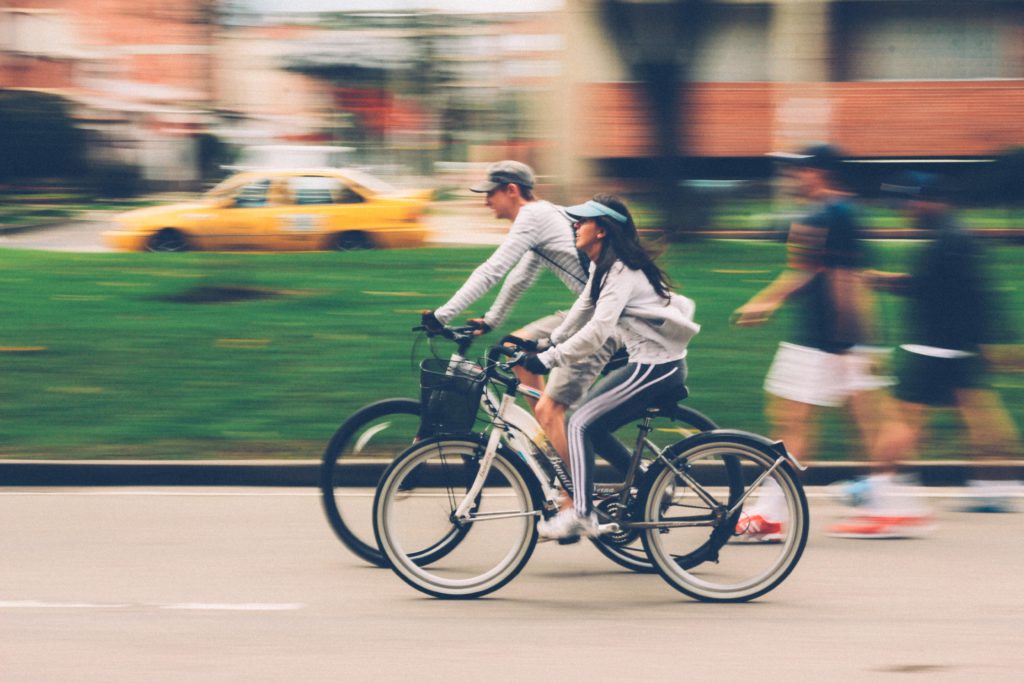Choosing Wisely: Bike Locks for Every Cyclist

Cycling is a liberating and eco-friendly mode of transportation and recreation, but it also comes with the responsibility of keeping your bike secure. Selecting the right bike lock is essential to protect your investment and enjoy peace of mind while cycling. In this article, we’ll explore the various types of bike locks available and guide you on choosing the one that suits your needs, all while ensuring your cycling helmet remains in good use.
Why You Need a Bike Lock
Before delving into the world of bike locks, it’s crucial to understand why they are a necessity for every cyclist:
- Theft Prevention: Bicycle theft is a common problem in many urban areas. A reliable bike lock is your first line of defence against thieves.
- Protecting Your Investment: Bicycles can be expensive, and investing in a quality lock ensures that your bike remains in your possession for as long as possible.
- Peace of Mind: Knowing your bike is secure lets you enjoy your ride without worrying about theft.
Types of Bike Locks
Several types of bike locks are available, each with its advantages and disadvantages. Let’s explore some popular options:
- Cable Locks: Because they are pliable and lightweight, cable locks are easy to transport. They are ideal for low-crime areas and as secondary locks for added security. However, they are less secure against bolt cutters.
- U-Locks: U-locks, also known as D-locks, are sturdy and provide excellent security. They are defenceless against leverage and bolt cutter attacks. Look for U-locks with a smaller shackle, as they offer less space for thieves to work with.
- Chain Locks: Chain locks are versatile and come in various lengths. They offer good security and are less prone to scratching your bike’s frame. Opt for a thick chain for enhanced security.
- Folding Locks: Folding locks consist of connected metal plates that fold into a compact unit. They balance security and portability, making them popular for urban cyclists.
- Combination Locks: Combination locks are keyless and rely on a numeric code for unlocking. They are convenient but may provide a different level of security than other types.
- Smart Locks: Some modern bike locks have intelligent features like GPS tracking or Bluetooth connectivity. These locks allow you to track your bike’s location using a smartphone app.

Choosing the Right Bike Lock
Selecting the right bike lock depends on your specific needs and circumstances. Here are some factors to consider:
- Location: Assess the safety of the area where you plan to leave your bike. In high-crime areas, opt for a more robust lock.
- Locking Method: Consider how you want to secure your bike. Some locks are easier to use, so choose one that suits your locking preferences.
- Portability: If you need to carry your lock while cycling, choose a lightweight and compact option.
- Security Level: Invest in a lock that matches the value of your bike. Higher-value bikes require more secure locks.
- Additional Features: Some locks have features like anti-picking mechanisms or anti-theft guarantees. These may offer more security of mind.
Cycling Helmet Safety
While choosing the right bike lock is crucial for bike security, remember the importance of another essential piece of cycling gear: the helmet. Cycling helmets play a vital role in protecting your head and reducing the risk of head injuries in case of an accident.
Here are some helmet safety tips:
- Proper Fit: Ensure your helmet fits snugly on your head without being too tight. It should sit level on your head, covering your forehead and not tilting backward.
- Secure Straps: Adjust the helmet’s straps to form a V shape under your ears. The chin strap ought to be secure but not painful.
- Replace After Impact: If your helmet has been involved in an accident or impact, replace it, even if there are no visible signs of damage. Helmets are designed to absorb impact energy, and their effectiveness can be compromised after a collision.
- Regular Inspection: Inspect your helmet periodically for signs of wear and tear, such as cracks, dents, or loose components. You should change the helmet if you see any damage.
- Stay Visible: Choose a helmet with reflective elements or add reflective stickers for increased visibility, especially when cycling in low-light conditions.
- Helmet Use: Always wear your helmet when cycling, regardless of your skill level or the distance you plan to cover. It’s a straightforward yet useful safety measure.
Choosing the right bike lock and ensuring your cycling helmet is in good condition and adequately fitted can enhance your bike’s security and safety while cycling.
Cycling is an eco-friendly mode of transportation and an enjoyable recreational activity. However, protecting your bike and ensuring your safety should always be a top priority. Choosing the right bike lock tailored to your needs and maintaining a properly fitted cycling helmet are essential steps to enjoy worry-free cycling experiences, whether commuting through the city or exploring scenic routes in the countryside.




